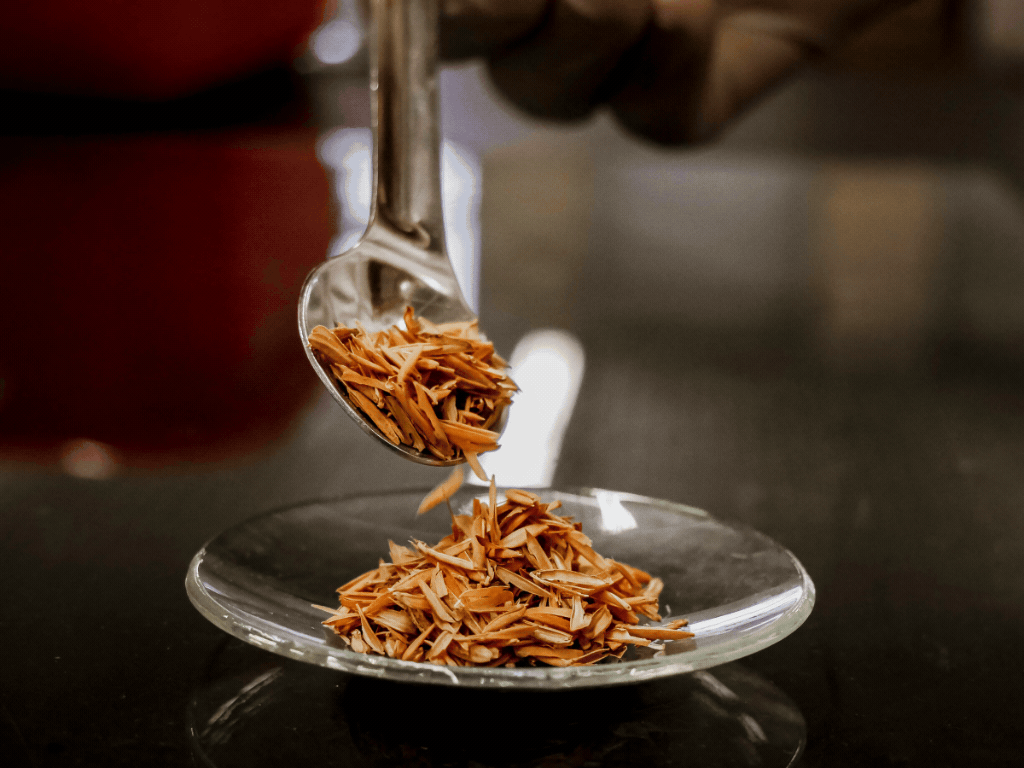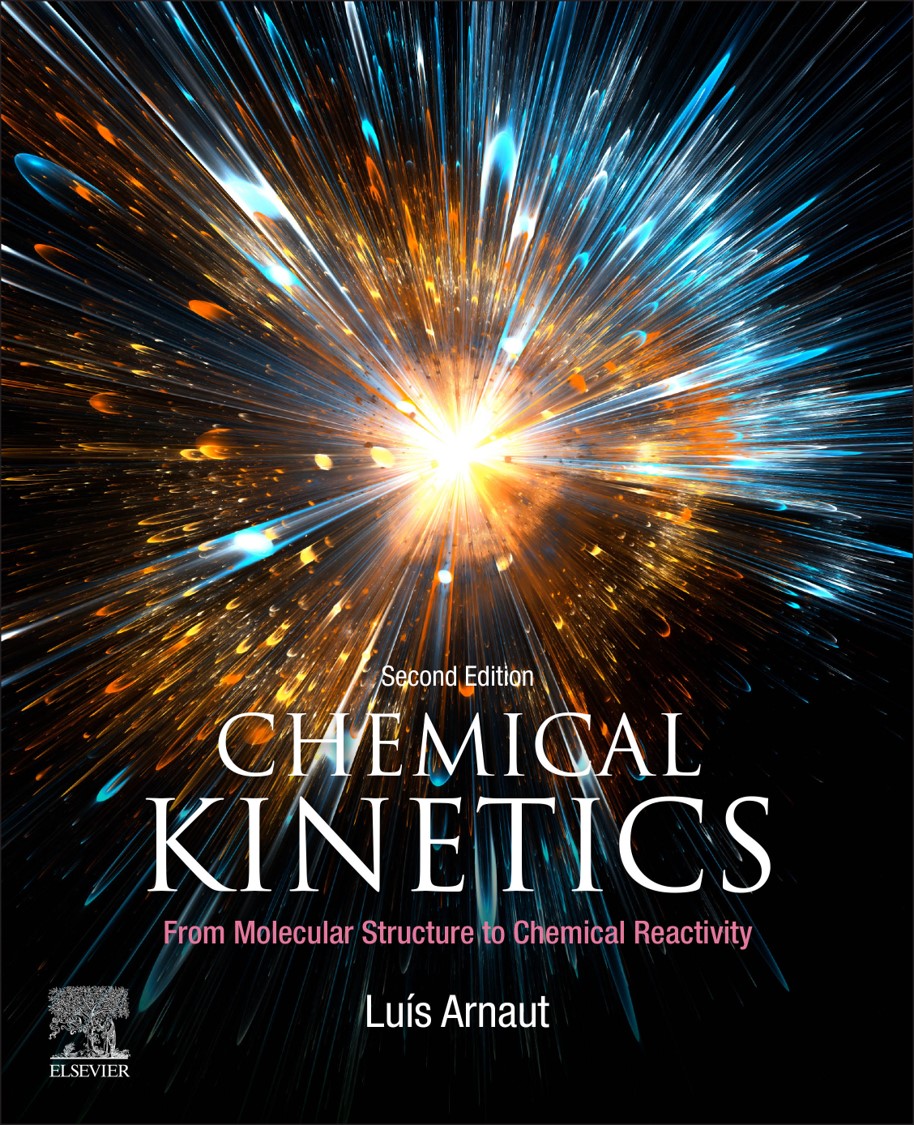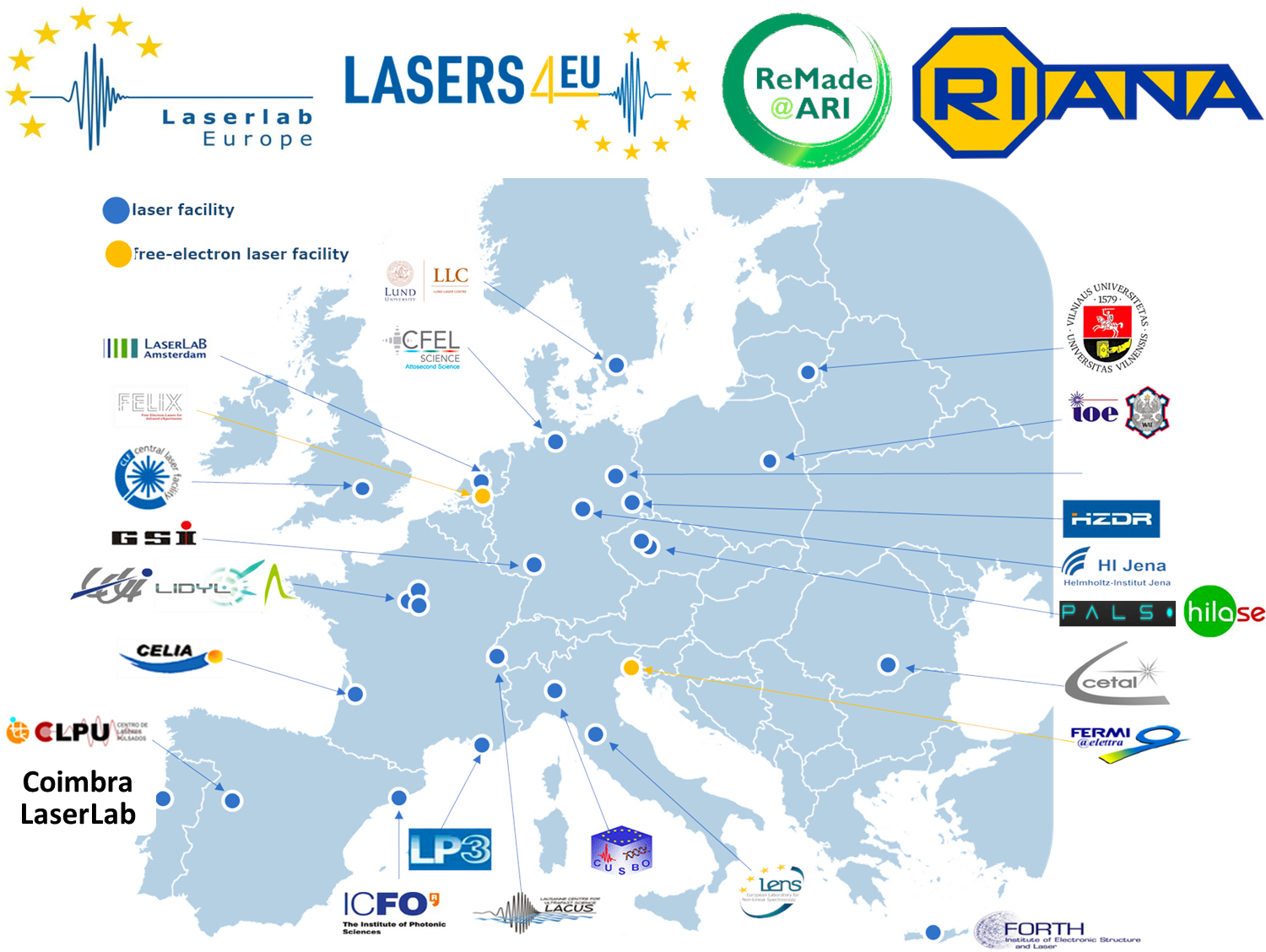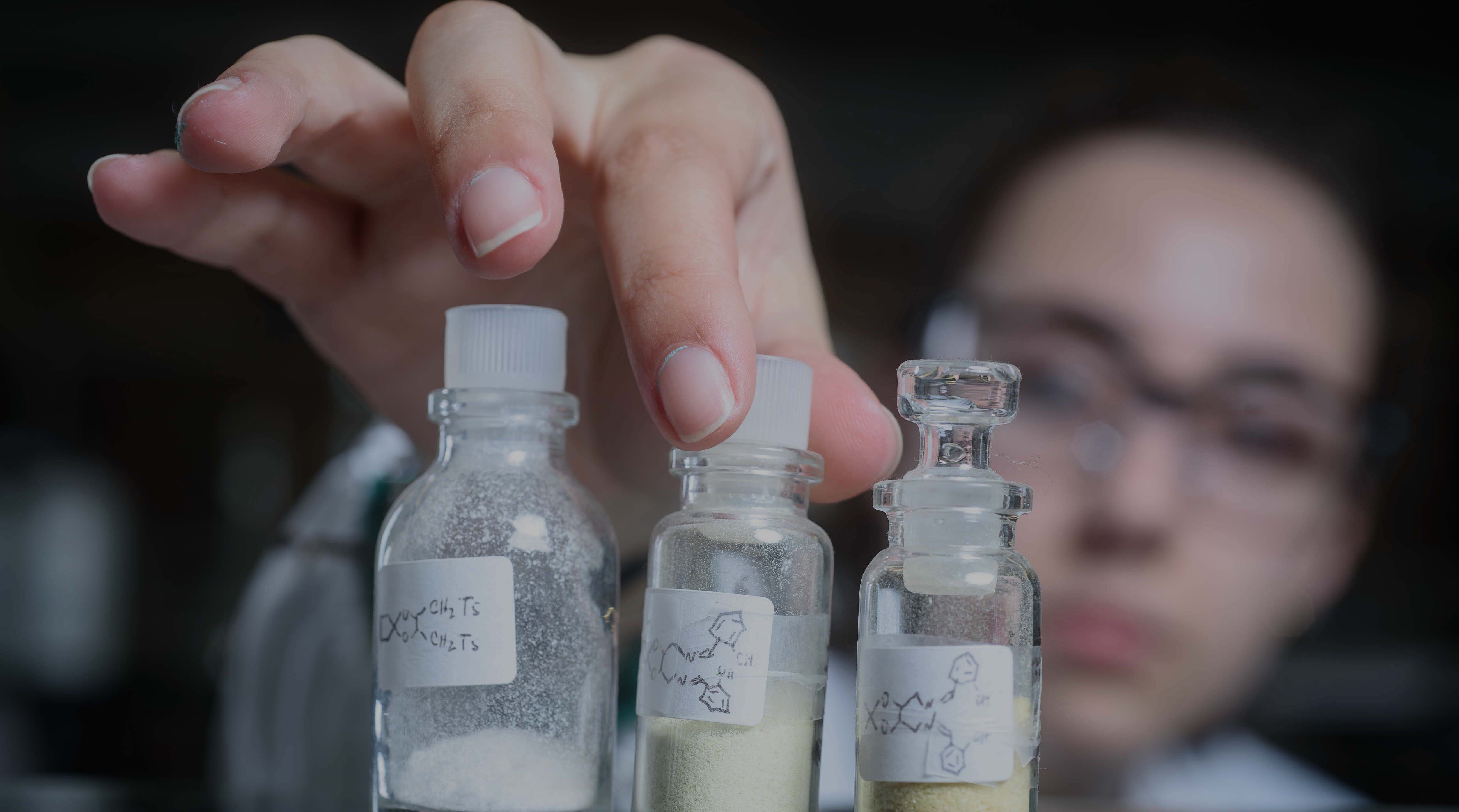Green Silicon

| Green Silicon is a project of the business innovation Green Auto: Green innovation for the Automotive Industry, which aims to reduce the environmental footprint of automotive manufacturers. Green Silicon focuses on implementing a circular bioeconomy to produce high purity silicon-based compounds (SiO2, Si and SiC) and high value-added silicon materials (aerogels and foams) starting from rice husk, a biowaste rich in silica. High purity silicon dioxide, often referred to as silica, can be obtained from rice husk in three sequential processes: i) pre-treatment, ii) thermal treatment and iii) post-treatment, which need to be optimized to minimize the environmental impact of the whole process. High purity bio-silica can later be used as a precursor in magnesiothermic reductions and laser induced reactions to produce high purity silicon-based compounds with controlled morphology, such as silicon and silicon carbide, reducing the energy consumption and ecological footprint of previously reported methods. Ultimately, these compounds can be used to produce high value-added materials, such as aerogels or foams, with remarkable properties and versatile applications in various industrial sectors. |
Chemical Kinetics

|
Chemical Kinetics: From Molecular Structure to Chemical Reactivity, Second Edition, explains how molecular structures change with time. It offers a comprehensive and coherent coverage of the rates of chemical transformations. The book is written for both undergraduate chemistry students, and for the specialist. The newcomer will find the fundamental concepts, the simple experiments, and the underlying theories. For the seasoned specialist, it presents sophisticated experimental and theoretical methods, offering a panorama of time-dependent molecular phenomena connected by a new rational. The gap between the two is bridged by a logical path that leads the reader from a phenomenological approach of molecular changes, to the formalism of chemical reaction rates, and then to state-of-the-art calculations of rate constants of the most prevalent reactions: atom transfers, catalysis, proton transfers, substitution reactions, energy transfers and electron transfers. In the process, the reader is presented with the details of collision and transition state theories. The coverage includes unimolecular reactions in the gas phase, reactions in solution and reactions on surfaces. |
Laser Science

LaserLab Europe V (2019-2024, 35 Laserlab-Europe APIs)
|
POLYTHEA

|
Design and photo-optimization of photosensitizers for human health and food security application – or « How light can save lives » – is a Marie Curie Innovative Training Network – European Joint Doctorate. It is a network gathering 7 universities, 4 industrial partners and 1 research institute, for the training of young researchers in the field of photodynamic treatments. The goal is to develop new active compounds that can efficiently fight microbial infections and cancer, two main challenges for food security and human health. |
MedChemTrain - Medicinal Chemistry PhD Programme

|
A unique PhD programme designed to train the next generation of scientists to work at the interface between chemistry and biology at various stages of pre-clinical drug discovery. It involves the Universities of Coimbra (UCoimbra) and Lisboa (ULisboa), in consortium with Bial, Bluepharma and Hovione. |

